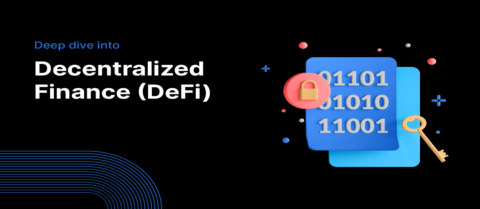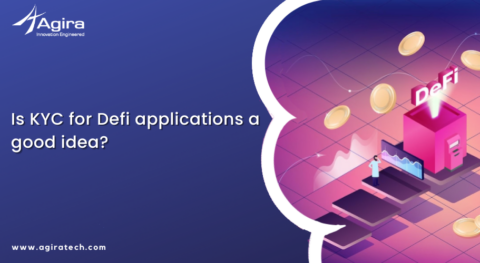After the NFT boom in 2021, crypto has been the talk of the town. With the exponential growth of NFTs, the debate between custodial vs. non-custodial NFTs is quite significant, given the massive scale of NFT adoption.
Non- Fungible tokens, or NFTs, are considered the next big thing in the Decentralized Finance (DeFi) ecosystem. Many artists have taken to NFTs and have sold their digital artworks for large sums. Developing an NFT marketplace for your digital work has its benefits. However, you need the help of custodial/non-custodial services to store/trade your NFTs.
Once you have minted your NFT, you use crypto wallets to store these NFTs. A Crypto wallet is an essential tool for holding cryptocurrencies and interacting with blockchains. There are two types of NFT wallets- custodial and non-custodial.
Every crypto wallet has two unique identifiers- a public key and a private key. The public key is like an email ID that provides the transactor with the destination to send the cryptocurrency. The private key is like a confidential password to authenticate the transaction for the sender.
Custodial wallets
A third party or custodian handles the private key of a custodial wallet. The custodian guards the key and the assets owned by the wallet owner. Some custodial wallets allow their users to store their assets and private key, while few allow their users only to store their assets and not the key.
Setting up these wallets is the easiest, and the user does not have to remember the complex private key. But this also has its drawbacks due to the presence of a third party—the lack of privacy. Users need to complete the KYC formalities, which compromises their anonymity. Hence, it’s essential to choose a reliable service provider.
Non-custodial wallets
Non-custodial wallets, on the other hand, give their users complete control over their NFT ownership. This means the user can trade and access NFTs on their own. They also get to store and remember their private keys. If they lose their key, they lose access to NFT assets forever. But, there are also wallet services like Torus that help users secure their keys with social logins.
Compatibility check
Both custodial and non-custodial wallets can store NFTs. But, users first need to check the NFTs’ compatibility with the wallet. For instance, MetaMask is a non-custodial wallet that accepts the most common NFTs you encounter. A decentralized exchange doesn’t require you to create an account or sign up. NFT trades are made directly between parties without a third party’s interference. But, to make a centralized exchange, you need a custodial wallet—for example, Binance. Users will need to send their funds to the platform to hold them in escrow to bid on an auction. Once they have purchased NFTs, users can either keep them in their custodial wallets or withdraw them to another wallet.
Decentralized marketplace (non-custodial)
Minting is the process of creating an NFT. To mint your NFT, you need to link your crypto wallet and upload your digital files to an NFT platform- like OpenSea, Rarible, and Featured by Binance. These minted NFTs will get stored on the blockchain. You can either sell your asset for a fixed price or auction it. Once the sale is complete, the NFT gets distributed to the buyer. The sales proceeds then get transferred from the buyer’s wallet to yours. Smart contracts secure the entire payment process.
Pros and Cons
With a non-custodial marketplace, being in control of your assets is a plus. It requires no KYC process, and you get to trade your NFTs directly from your wallet. Thus, reducing the transfer fees and more privacy.
On the downside, the non-custodial option can be less user-friendly to those unfamiliar with wallets.
Centralized marketplace (custodial)
In the custodial marketplace, you’ll need to upload your NFTs into the platform you are using. You will have to ensure that the NFT type is compatible with the platform, or you will lose your NFTs. Once you successfully sell your NFT, the asset automatically gets transferred to the new owner. The fund gets transferred to your wallet on the platform.
Pros and Cons
For a newcomer, the custodial marketplace comes as a relief. The service provides simple ways to match NFT buyers and sellers. The comfort of not losing your private key comes as a blessing even for experienced users. The friendly interface and the whole platform have support in place for help.
KYC checks and the inability to control your assets are enormous setbacks. For users who prioritize their anonymity, the custodial marketplace isn’t their place. Security breaches and hacks are not something unheard of in the past.
Closing thoughts
Depending on the type of NFT asset you want to create and your expertise, you can choose between the two types of markets. Although the custodial option is more popular now, there is a chance that non-custodial service will outgrow it in the near future. For more assistance, please get in touch with our Agiratech strategist.










